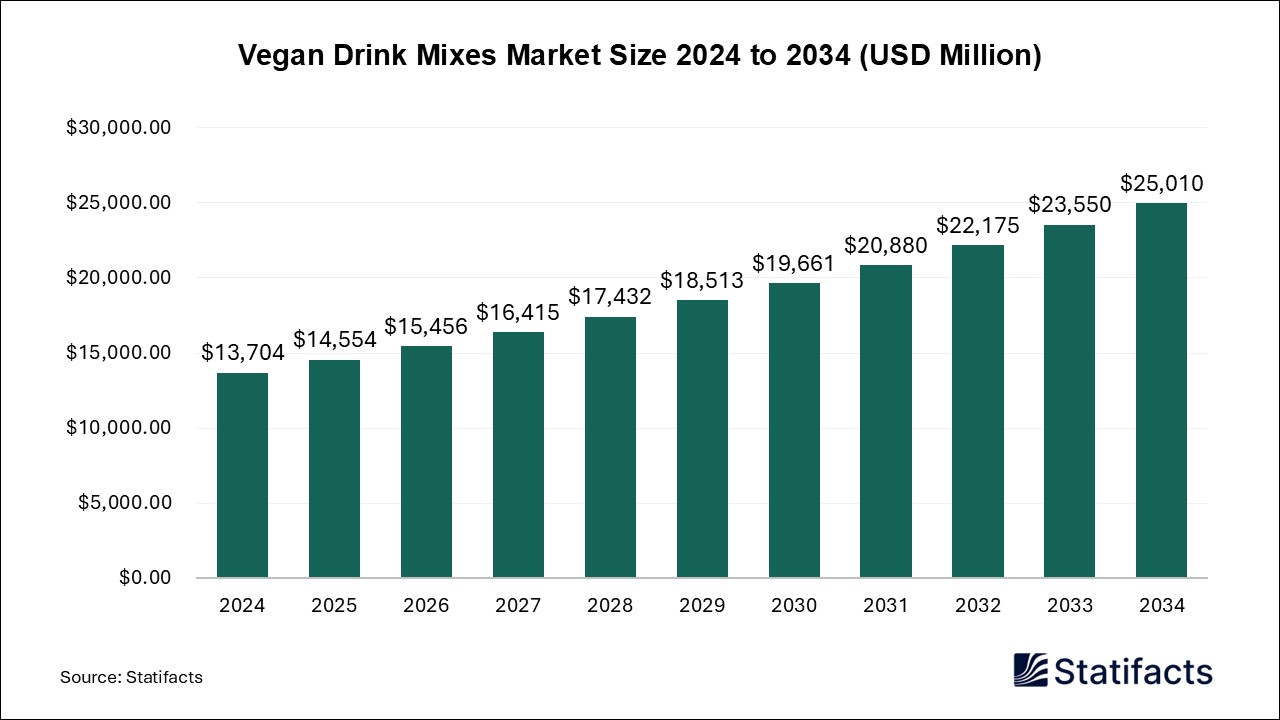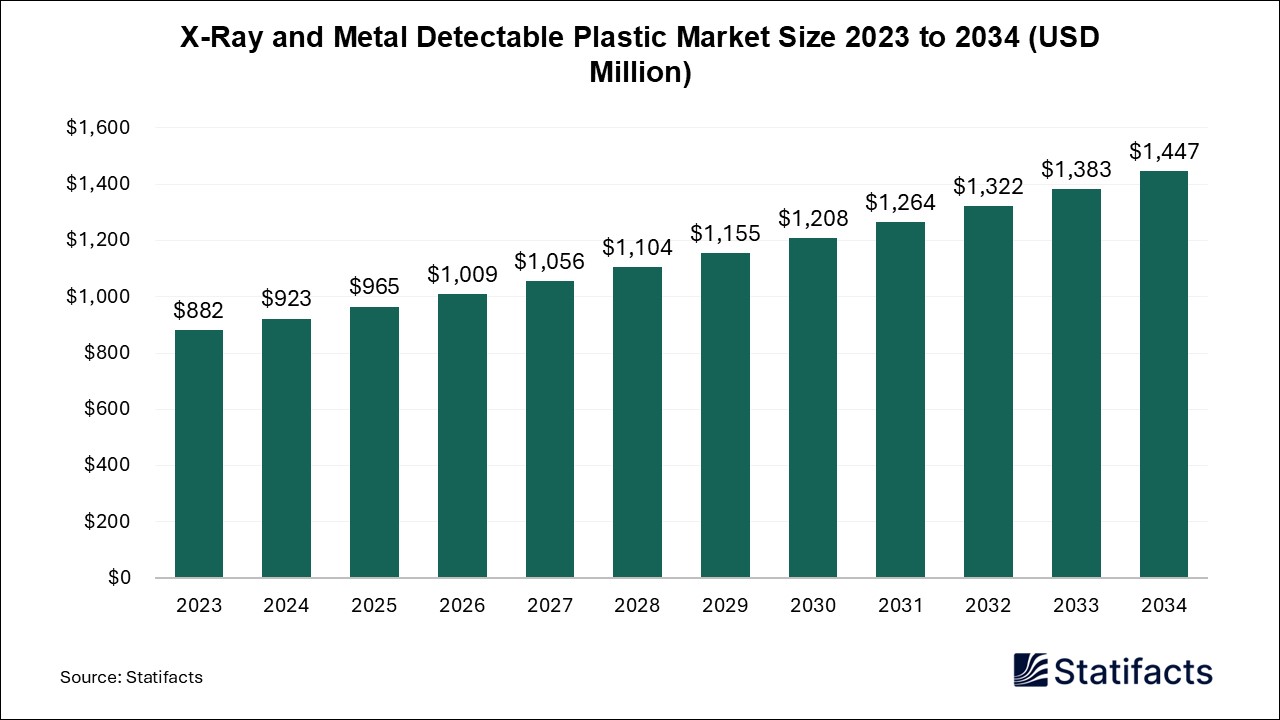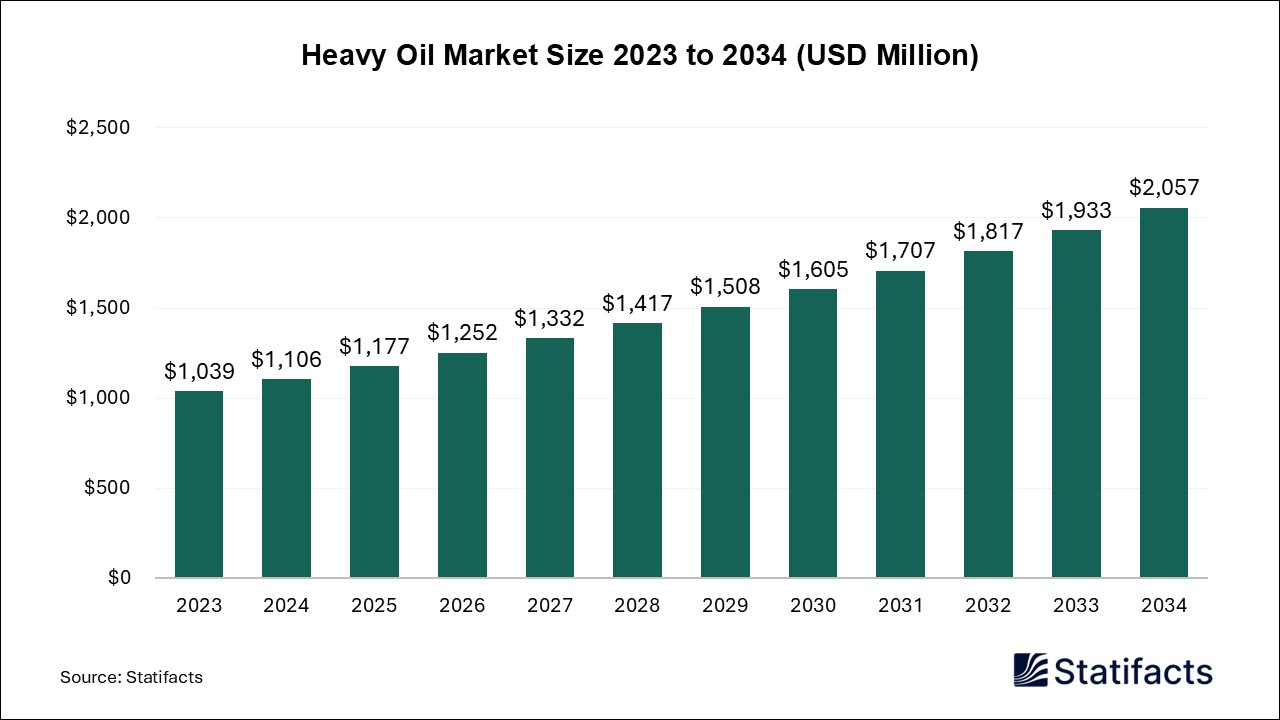
By clicking “Accept All Cookies” you agree to the storing of cookies on your device to enhance site navigation, analyze site usage, and assist in our marketing efforts.
Privacy Policy
Desktop AI Robot Pet Market (By Type: Educational Type, Companion Type, and Others; By Application: Offline and Online; By Region: North America, Europe, Asia Pacific, Latin America, and Middle East & Africa) Industry Size, Share, Growth, Trends 2025 to 2034
The global desktop AI robot pet market size was valued at USD 484 million in 2024, is projected to reach approximately USD 943.24 million by 2034. This growth, driven by advancements in AI companionship and home robotics, is expected at a CAGR of 6.9%.
| Reports Attributes | Statistics |
| Market Size in 2024 | USD 484 Million |
| Market Size in 2025 | USD 517.4 Million |
| Market Size in 2031 | USD 772.13 Million |
| Market Size by 2034 | USD 943.24 Million |
| CAGR 2025 to 2034 | 6.9% |
| Base Year | 2024 |
| Forecast Period | 2025 to 2034 |
The AI robot pet market will gain popularity as more clients insist on robot pets to support their emotions, entertain, and engage in interactions, particularly among aging and urban populations. Through the use of complex sensors, voice recognition, and adaptive learning, the behavior of AI robot pets is designed to resemble that of real animals. This allows their use in homes where real pets may not be suitable due to allergies, space, and maintenance. The AI pet market is evolving rapidly because more robotics, natural language processing, and emotional recognition programs are being developed. The organizations are striving to create realistic robots capable of responding to human emotions, acquiring new knowledge, and providing therapeutic benefits, particularly in elderly care and mental health care. The high cost of more advanced artificial intelligence AI robot pets, the need to update software regularly, and the lack of emotional connection compared to real pets are constraints to general use.
This development will fuel the expansion of this market in the future as deep learning is developed, combined with internet of things (IoT) and wearable devices, and personalized AI-based features are implemented. As the world becomes more interconnected, manufacturers are making AI robot pets cheaper and more lifelike with smaller sensors and stronger haptic feedback. These pets will become part of daily life, transforming the personal and healthcare assistance ecosystems.
| Regions | Shares (%) |
| North America | 35% |
| Asia Pacific | 30% |
| Europe | 30% |
| LAMEA | 10% |
| Segments | Shares (%) |
| Educational Type | 40% |
| Companion Type | 50% |
| Others | 10% |
| Segments | Shares (%) |
| Offline | 55% |
| Online | 45% |
Published by Vidyesh Swar
| Type | 2024 | 2025 | 2026 | 2027 | 2028 | 2029 | 2030 | 2031 | 2032 | 2033 | 2034 |
|---|---|---|---|---|---|---|---|---|---|---|---|
| Educational Type | 0.19 | 0.21 | 0.22 | 0.23 | 0.25 | 0.26 | 0.28 | 0.30 | 0.32 | 0.34 | 0.36 |
| Companion Type | 0.24 | 0.26 | 0.28 | 0.30 | 0.32 | 0.35 | 0.37 | 0.40 | 0.43 | 0.46 | 0.49 |
| Others | 0.05 | 0.05 | 0.06 | 0.06 | 0.06 | 0.07 | 0.07 | 0.08 | 0.08 | 0.09 | 0.09 |
| Application | 2024 | 2025 | 2026 | 2027 | 2028 | 2029 | 2030 | 2031 | 2032 | 2033 | 2034 |
|---|---|---|---|---|---|---|---|---|---|---|---|
| Offline | 0.27 | 0.28 | 0.30 | 0.32 | 0.34 | 0.36 | 0.38 | 0.40 | 0.42 | 0.45 | 0.47 |
| Online | 0.22 | 0.24 | 0.25 | 0.28 | 0.30 | 0.32 | 0.35 | 0.37 | 0.40 | 0.44 | 0.47 |
| Region | 2024 | 2025 | 2026 | 2027 | 2028 | 2029 | 2030 | 2031 | 2032 | 2033 | 2034 |
|---|---|---|---|---|---|---|---|---|---|---|---|
| North America | 0.17 | 0.18 | 0.19 | 0.20 | 0.22 | 0.23 | 0.24 | 0.26 | 0.28 | 0.29 | 0.31 |
| Europe | 0.12 | 0.13 | 0.14 | 0.15 | 0.16 | 0.17 | 0.18 | 0.19 | 0.20 | 0.21 | 0.23 |
| Asia Pacific | 0.15 | 0.16 | 0.17 | 0.18 | 0.20 | 0.21 | 0.23 | 0.25 | 0.27 | 0.29 | 0.31 |
| Latin America | 0.02 | 0.03 | 0.03 | 0.03 | 0.03 | 0.03 | 0.04 | 0.04 | 0.04 | 0.04 | 0.05 |
| Middle East and Africa | 0.02 | 0.03 | 0.03 | 0.03 | 0.03 | 0.03 | 0.04 | 0.04 | 0.04 | 0.04 | 0.05 |
| Subsegment | 2024 | 2025 | 2026 | 2027 | 2028 | 2029 | 2030 | 2031 | 2032 | 2033 | 2034 |
|---|---|---|---|---|---|---|---|---|---|---|---|
| Educational Type | 0.19 | 0.21 | 0.22 | 0.23 | 0.25 | 0.26 | 0.28 | 0.30 | 0.32 | 0.34 | 0.36 |
| Companion Type | 0.24 | 0.26 | 0.28 | 0.30 | 0.32 | 0.35 | 0.37 | 0.40 | 0.43 | 0.46 | 0.49 |
| Others | 0.05 | 0.05 | 0.06 | 0.06 | 0.06 | 0.07 | 0.07 | 0.08 | 0.08 | 0.09 | 0.09 |
| Subsegment | 2024 | 2025 | 2026 | 2027 | 2028 | 2029 | 2030 | 2031 | 2032 | 2033 | 2034 |
|---|---|---|---|---|---|---|---|---|---|---|---|
| Offline | 0.27 | 0.28 | 0.30 | 0.32 | 0.34 | 0.36 | 0.38 | 0.40 | 0.42 | 0.45 | 0.47 |
| Online | 0.22 | 0.24 | 0.25 | 0.28 | 0.30 | 0.32 | 0.35 | 0.37 | 0.40 | 0.44 | 0.47 |
| Subsegment | 2024 | 2025 | 2026 | 2027 | 2028 | 2029 | 2030 | 2031 | 2032 | 2033 | 2034 |
|---|---|---|---|---|---|---|---|---|---|---|---|
| North America | 0.17 | 0.18 | 0.19 | 0.20 | 0.22 | 0.23 | 0.24 | 0.26 | 0.28 | 0.29 | 0.31 |
| Europe | 0.12 | 0.13 | 0.14 | 0.15 | 0.16 | 0.17 | 0.18 | 0.19 | 0.20 | 0.21 | 0.23 |
| Asia Pacific | 0.15 | 0.16 | 0.17 | 0.18 | 0.20 | 0.21 | 0.23 | 0.25 | 0.27 | 0.29 | 0.31 |
| Latin America | 0.02 | 0.03 | 0.03 | 0.03 | 0.03 | 0.03 | 0.04 | 0.04 | 0.04 | 0.04 | 0.05 |
| Middle East and Africa | 0.02 | 0.03 | 0.03 | 0.03 | 0.03 | 0.03 | 0.04 | 0.04 | 0.04 | 0.04 | 0.05 |
To get full access to our Market Insights, you need a Professional Account or a Business Suite.

You will receive an email from our Business Development Manager. Please be sure to check your SPAM/JUNK folder too.

You will receive an email from our Business Development Manager. Please be sure to check your SPAM/JUNK folder too.

Our customers work more efficiently and benefit from



